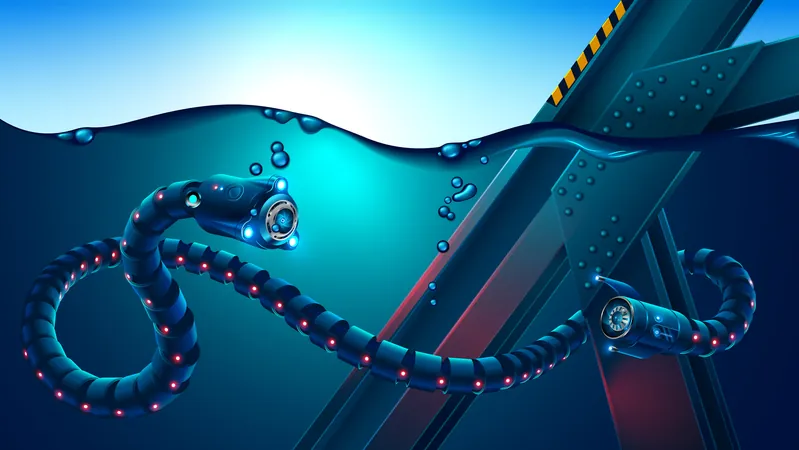
Revolutionary Memory Sensors Set to Transform Electronics in Salty Waters!
2025-08-01
Author: Ming
Unlocking the Power of Vanadium Dioxide
For over ten years, UC Berkeley professor Junqiao Wu has been exploring the incredible potential of vanadium dioxide, a remarkable compound capable of switching between insulating and metallic states. This unique property has led to breakthrough technologies, including advanced "smart" roofing materials and ultra-precise thermography tools.
A Game-Changing Discovery for Wet Environments
In an exciting new study published today in Nature Materials, Wu and his team revealed yet another groundbreaking application for vanadium dioxide: a highly efficient in-memory sensor, or "memsensor," designed to thrive in wet and salty environments. This innovation addresses a long-standing challenge faced by engineers and scientists when working in such conditions.
The memsensor not only detects but also retains information about its chemical surroundings, making it adaptable to various aqueous environments. What's even more impressive? It operates independently, without the need for external power or complicated circuitry!
Potential to Transform Robotics and Computing
Wu, the study’s lead investigator, stated, "This breakthrough could lead to much simpler, energy-efficient sensors and adaptive robots that can navigate complex environments." He also envisions exciting avenues for next-gen computing that mimic biological processes, functioning seamlessly in liquid contexts.
Inspiration from Nature: The Mechanism Behind the Memsensor
The researchers were intrigued by the possibility of utilizing vanadium dioxide to enhance sensor performance in harsh conditions. Ruihan Guo, the study's lead author, shared that while vanadium dioxide's sensing capabilities have been documented, they aimed to harness these properties in mobile ion environments, much like how living neurons process and store information.
To create their memsensor, they layered vanadium dioxide on a small piece of indium, a soft metallic element. When submerged in saltwater, indium releases ions at the interface with the vanadium dioxide. This interaction generates built-in electric fields that attract ions, converting a portion of the material into its metallic state, thus creating a lasting change in conductivity.
Mimicking Nature for Smart Robotics
Inspired by the nematode C. elegans—known for its specialized neurons that navigate salt concentrations—the team designed an experiment where their sensor guided a small robotic boat to evade unfavorable saline zones and seek optimal ones based on its previous experiences.
The Future of Aquatic Robotics and Brain-Inspired Computing
Looking ahead, Wu believes that their memsensor technology could revolutionize low-power underwater robotics, enabling exploration in challenging aquatic environments while mimicking the adaptive behaviors of living organisms. Additionally, he suggests that these principles could lay the groundwork for brain-inspired computing within domains saturated with liquids.
Imagine devices that can sense, store, and process chemical information all in one integrated platform—heralding a new era of smart technology fueled by nature itself!



 Brasil (PT)
Brasil (PT)
 Canada (EN)
Canada (EN)
 Chile (ES)
Chile (ES)
 Česko (CS)
Česko (CS)
 대한민국 (KO)
대한민국 (KO)
 España (ES)
España (ES)
 France (FR)
France (FR)
 Hong Kong (EN)
Hong Kong (EN)
 Italia (IT)
Italia (IT)
 日本 (JA)
日本 (JA)
 Magyarország (HU)
Magyarország (HU)
 Norge (NO)
Norge (NO)
 Polska (PL)
Polska (PL)
 Schweiz (DE)
Schweiz (DE)
 Singapore (EN)
Singapore (EN)
 Sverige (SV)
Sverige (SV)
 Suomi (FI)
Suomi (FI)
 Türkiye (TR)
Türkiye (TR)
 الإمارات العربية المتحدة (AR)
الإمارات العربية المتحدة (AR)